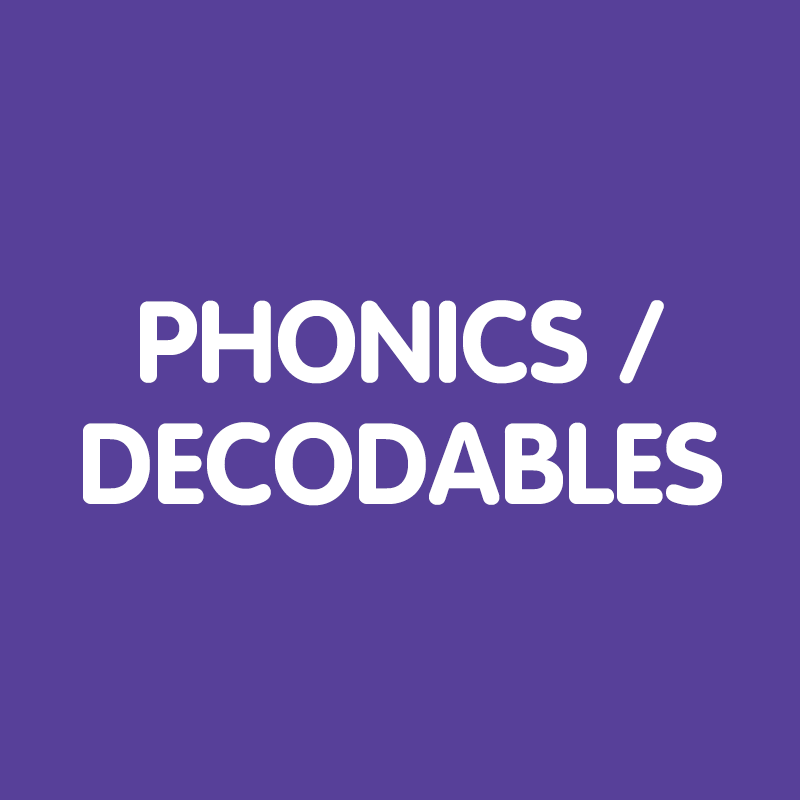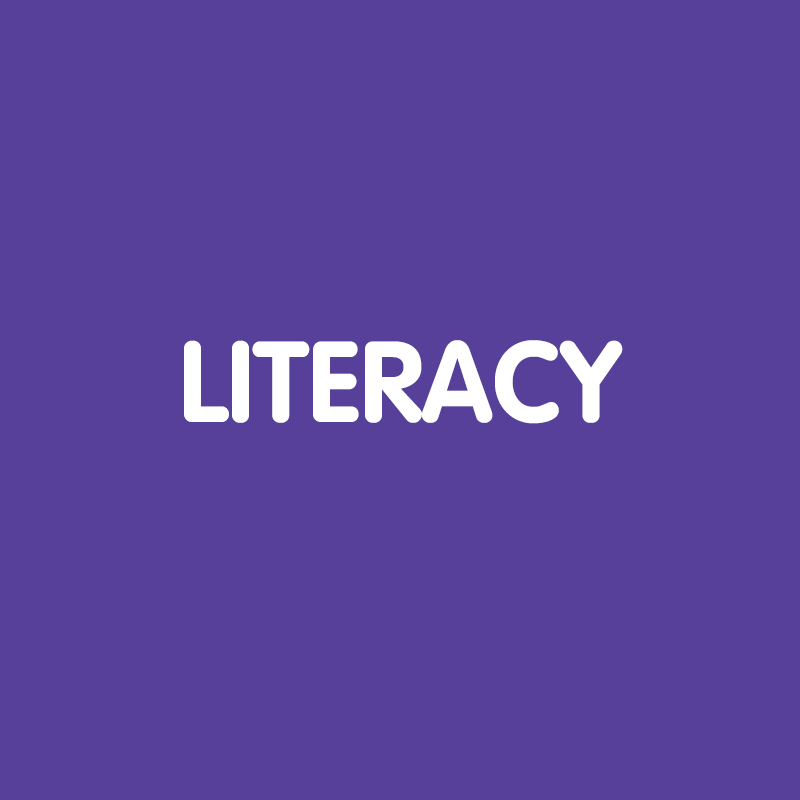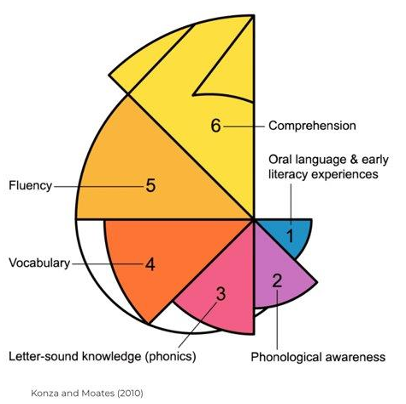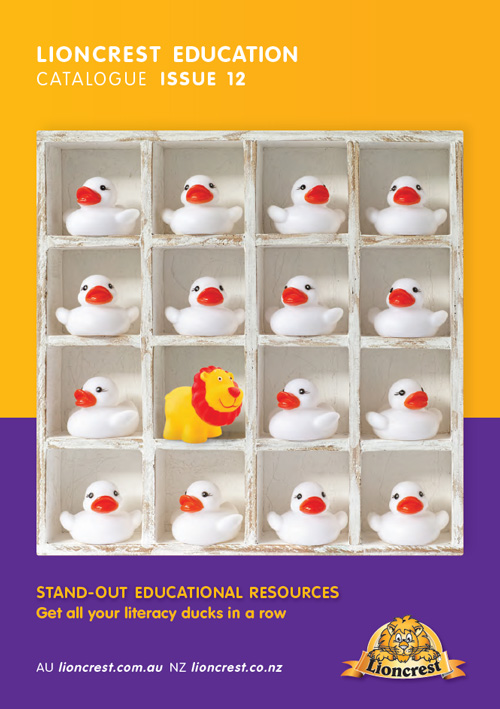Phonics and Beyond
Early – Upper Years • Years F/K-6 [Y1-7]


Phonics
If you’re looking for resources related to teaching or practicing the “SATPIN” sounds, it likely refers to phonics instruction for young learners. The “SATPIN” sounds are the initial sounds of the letters S, A, T, P, I, and N. These sounds are often taught as part of early literacy programs to help children develop their phonemic awareness and letter-sound correspondence skills.
Here are a few resources that may be helpful for teaching and practicing the SATPIN sounds:
Phonics books and materials: Look for phonics-based books and resources that focus on letter-sound relationships.
After phonics
Children typically move on to developing more advanced reading skills and strategies. Here are some key areas that are typically focused on after phonics:
Fluency: Once children have a solid grasp of phonics and can decode words, they work on increasing their reading fluency. This involves reading with accuracy, speed, and expression. Fluency can be developed through repeated reading, guided reading, and engaging in various reading activities.
Vocabulary Development: Building a strong vocabulary is crucial for reading comprehension. Children expand their vocabulary by encountering new words in context, discussing their meanings, and using strategies like context clues and word analysis to decipher unfamiliar words.
Comprehension: After mastering basic decoding skills, children shift their focus to understanding and making meaning from the text. Comprehension strategies such as predicting, summarizing, making connections, asking questions, and visualizing are taught to enhance reading comprehension.
Reading Strategies: Children learn and practice various reading strategies to become more proficient readers. These strategies include making predictions, inferencing, making connections, analyzing text structures, identifying main ideas and supporting details, and evaluating information.
Reading for Different Purposes and Genres: Children explore different genres of literature and learn to read for various purposes, such as reading for information, entertainment, or understanding different perspectives. They learn to adapt their reading strategies based on the type of text and its purpose.
Critical Thinking and Analysis: As children progress, they develop critical thinking skills, analyze texts for deeper meaning, interpret author’s intent, and engage in discussions about the text. They learn to evaluate arguments, identify bias, and form independent opinions.
It’s important to note that the progression from phonics to these advanced reading skills is gradual and often interwoven. Children continue to reinforce and apply their phonics knowledge while developing these higher-level reading abilities.


Check out these great offers
Engage Literacy Complete Single Pack (426 titles)
Original price was: $4,443.60.$2,221.80Current price is: $2,221.80.50 %Save $2,221.80

